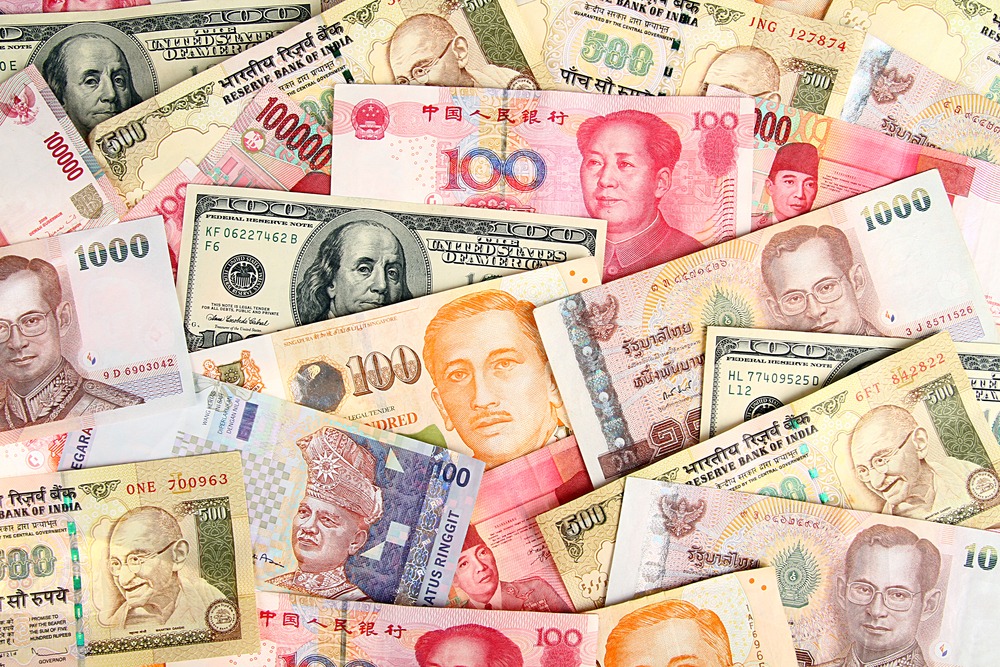Key Points
- Asian currencies experienced a slight uptick, buoyed by a mild decline in the US dollar.
- The dollar hovered near a three-month high, with most currencies remaining within recent trading ranges.
- The Japanese Yen strengthened, hinting at potential Bank of Japan policy shifts amidst inflation concerns.
- Upcoming economic indicators include CPI readings in Australia and PMI data from China, poised to shape market expectations.
The landscape of Asian financial markets is subtly shifting as currencies across the region report a modest rise against a slightly weakened dollar. This development comes as the dollar stabilizes near a three-month apex, with most regional currencies navigating the waters of a trading range established over the last two months. The nuanced interplay between these currencies and the dollar offers a glimpse into the broader economic sentiments influencing global markets.
Yen Strengthens 0.2%: BOJ Policy Shifts Await
A spotlight on the Japanese Yen reveals a currency recently fortified by 0.2% from its weakest point in over three months. This resilience is partially attributed to January’s Consumer Price Index (CPI) inflation figures, which came in slightly higher than anticipated.
The data showed a decrease in inflation. Consequently, this set the stage for expectations regarding the Bank of Japan’s (BOJ) future actions. There is increasing speculation about the BOJ potentially ending its yield curve control and negative interest rate policies this year. This possibility is closely watched by many. Nonetheless, Japan’s recent entry into recession and a deceleration in core CPI growth add complexity to the economic outlook. Therefore, these factors might delay any plans for policy adjustments.
Japan’s 2.2% CPI Spike: Q2 Rate Hike on Horizon
Inflation remains a central theme in Japan’s economic narrative. The overall CPI marked a year-on-year increase of 2.2%, with notable rises in fresh food and energy prices. These elevated inflation measures contribute to a cautious stance on a potential Q2 rate hike by the BOJ. As annual wage negotiations progress, their outcome may notably impact consumer prices and spending and complicate inflation discussions.
Asian Currencies Await CPI, PMI Data: Economic Recovery Insight
Elsewhere in Asia, currencies like the Australian Dollar and the Chinese Yuan show varied movements in anticipation of key economic indicators. Australia braces for a CPI inflation reading, while China awaits PMI data that could offer insights into its economic recovery. The New Zealand Dollar, meanwhile, adjusts ahead of a Reserve Bank meeting that might signal interest rate directions. These indicators are crucial for evaluating the region’s economic health and direction, making the upcoming weeks vital for markets and policymakers.
















